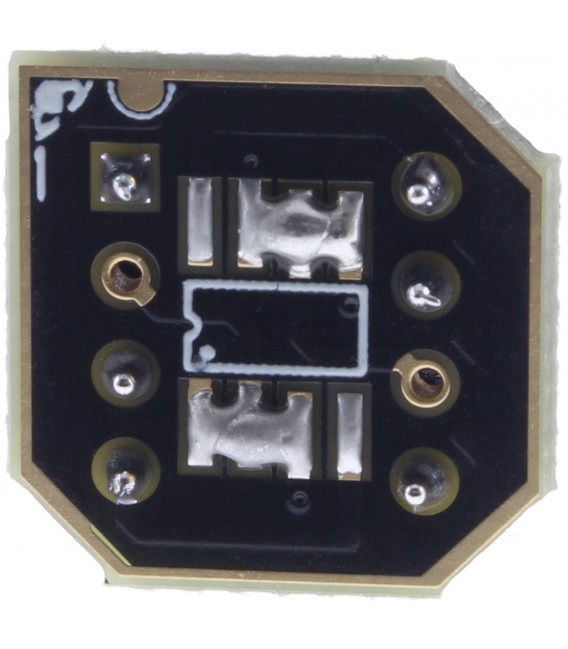Yes, but who is going to benefit from swapping op amps unless their product came with improperly specced opamps for the use case/design?
Manufacturers and distributors of expensive op-amps benefit from this in general.
Manufacturers building audio gear that has specific provisions for 'op-amp rolling' benefit as people want the 'experience'.
Also the buyers/swappers benefit as they feel 'their ... device sounds MUCH better' while technically nothing has changed.
In some rare cases there might be a genuine improvement in technical performance or there might be worsening.
In some cases there might even occur oscillations which may or may not be audible.
Good list but as you know, none of that explains the larger soundstage, better bass slam, less fatiguing, etc. that folks describe when they swap opamps.
Placebo does... but that is not in the list of reasons to select the right op-amp for the job.

The weird thing is that no matter how often measurements show no
discernible differences the op-amp swappers will continue to swap and continue to 'report' their findings and encourage others to 'swap' a bunch of op-amps because they want to hear 'better sound quality'.
There is a large audiophile community that is built on placebo and no matter how well we try we can't change their minds... in fact it makes the gap between the worlds even bigger.
What reviews like this ARE good for is for people that like to see things measured and realize audio electronics is just electronics and is bound to physics.
Unfortunately this group of people is very small compared to the audiophile and audiophool group.
Fortunately the actual test data is made available here which is a good thing .... as well as the fact that it can be discussed when measurements are made.
Perhaps, swapping opamps in this case can be called a synergy (perhaps), couldn't it?.... but nice to see it is available, isn't it :=)
There is no 'synergy' here but audiophiles love that word. The circuit they are in does not have an influence of the overall performance of the device it is in except when a not well suited op-amp is used in which case the performance could be worse. Fortunately for swappers this could still mean an improvement.
It is nice for 'op-amp swappers' that the option is easily accessible.
It is nice for op-amp-manufacturers that they can sell a few more opamps (gear manufacturers order by the thousands).
It works wonders for owners who can finally hear things they want even if there is no actual improvement happening.

 www.audiophonics.fr
www.audiophonics.fr

